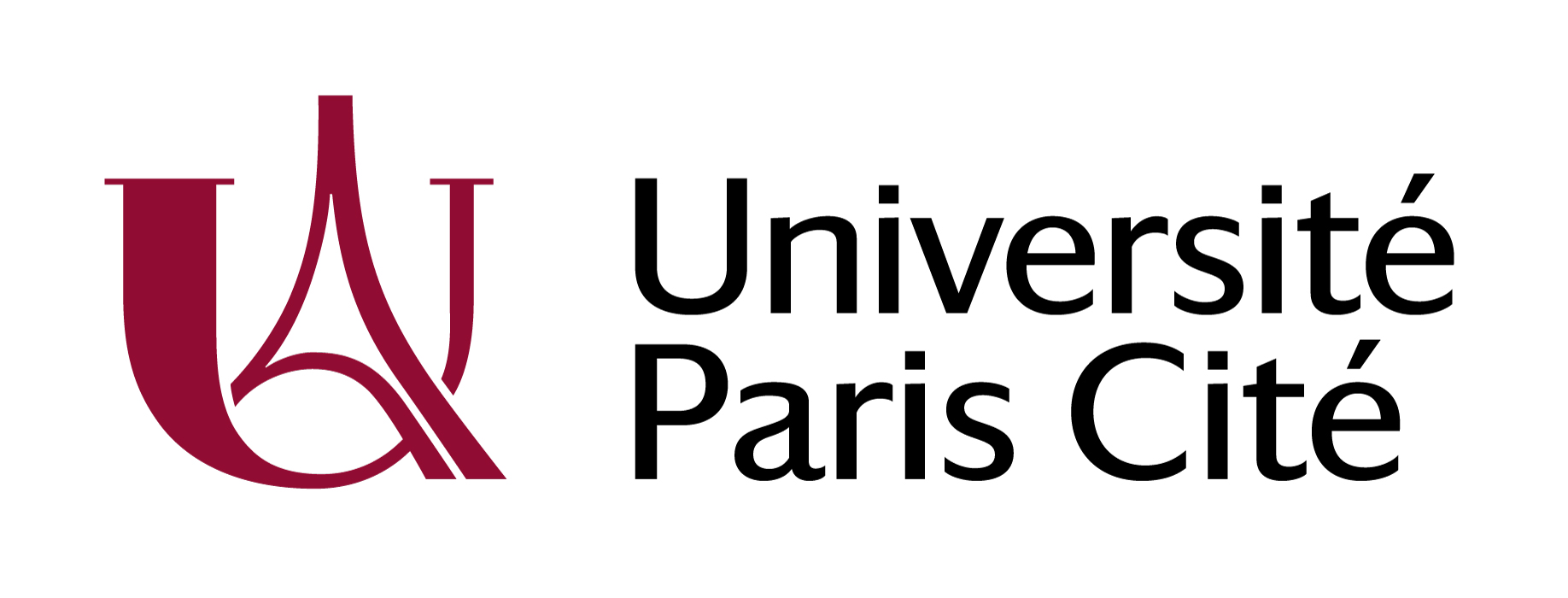False memory in normal ageing: empirical data from the DRM paradigm and theoretical perspectives
Résumé
False memories refer to falsely remembering something that did not happen or
that happened differently. The effects of age on episodic memory underlie both the decline
in real memories and the increase in false memories. But, what is the richness and what
is the feeling of reality of false memories in the elderly? This mini-review on false memory
in young and older adults presents the results from the literature using one of the most
used paradigms in the laboratory to study false memories - the Deese-Roediger-McDermott
paradigm. This paradigm generally consists in the presentation of semantically associated
items-lists (words or images) related to a non-presented critical lure (e.g., bed, rest, awake
..., the critical lure is sleep). During free recall or recognition tests, the participants regularly
produce false memories (intrusions or false recognitions of the critical lures), increasingly
with aging. We specifically ask the question of the richness of the false memory trace in
young and older adults in terms of contextual associations (What-Where-When-Details binding) and phenomenological characteristics (remembering, knowing, guessing). We propose
to examine this issue using a naturalistic episodic memory task via navigation in a virtual
environment enriched with series of associated elements (e.g., vegetables stand) linked
to non-presented critical lures (e.g., carrots). Based on preliminary results, we propose an
integrative model of memory trace which can explain the differences observed between
young and old people on the richness of their false memories
